The 5 Most Overlooked Factors in a CPA’s Successful Exit

The Roadmap You Wish You Had 5 Years Ago

The CPA Firm Exit Playbook gives you proven strategies to maximize value, avoid common pitfalls, and transition on your own terms.
For most CPA firm owners, the idea of exiting their practice is something they’ll “get around to” someday.
Right now, there are clients to serve, deadlines to meet, and maybe another busy season or two before it feels real.
But I’ve watched too many colleagues and clients arrive at that moment — the one where a buyer is interested, or a partner wants out — and realize they’re not as ready as they thought.
The truth is, it’s rarely the technical or financial details that derail a smooth, profitable exit.
It’s the overlooked factors — the ones hiding between the spreadsheets — that make the biggest difference in how you leave… and how you feel afterward.
Here are the five I see most often.
1. The “Owner-to-Next Chapter” Identity Shift
When you’ve spent decades as the CPA, your work becomes a core part of who you are. Letting go of the practice means letting go of that role — and stepping into a new one.
If you don’t prepare for that shift, you risk an “exit hangover,” where the numbers in the bank look fine, but the person in the mirror feels lost.
2. The Realistic Timeline
Most CPAs think a transition can be pulled off in a year or less. In reality, the process of maximizing your practice’s value, finding the right buyer, and ensuring a clean handoff can take 2–5 years.
I’ve seen CPAs lose 20–30% of potential value simply because they didn’t start soon enough — not because they weren’t smart enough, but because they underestimated how long a quality exit really takes.
3. Client Transition Strategy
You’ve likely built client relationships over decades. They’ve called you in moments of urgency, trusted you with their life’s work, and maybe even watched your kids grow up in framed photos on your desk.
Passing them to a successor without a thoughtful plan isn’t just risky — it can lower your practice value and leave you feeling like you abandoned the people you’ve served so faithfully.
4. Internal Team Readiness
Whether you have one assistant or a full staff, your team is part of your firm’s value.
If they’re not prepared for the shift — or don’t buy into the new owner’s vision — turnover can spike at the worst possible time.
Preparing your team early can protect your culture, your client relationships, and your sale price.
5. Life Beyond the Practice
This is the one that catches even the smartest CPAs off guard.
What does your day look like when the phone stops ringing and busy season never comes?
Without a clear vision for life after your practice, the transition can feel like stepping into a void rather than into freedom.
The Bottom Line:
Exiting your CPA practice isn’t just a transaction — it’s a personal, professional, and emotional transformation.
When you address these five factors early, you create a smoother process, a higher-value sale, and a life after the practice you’ll actually enjoy living.
That’s exactly why I created the Exit Readiness Lab — a space where CPAs can explore, plan, and prepare for every dimension of a successful transition.
Inside the Lab, we unpack each of these factors in detail, with practical steps you can apply immediately — even if your exit is years away.
If you’d like to explore how prepared you really are — and start putting the right pieces in place — you can learn more about the Exit Readiness Lab

About Salim Omar, CPA
Salim Omar is the founder of Straight Talk CPAs and creator of the CPA Exit Accelerator™. With nearly 30 years of experience building, reinventing, and guiding firms, Salim helps retirement-minded CPA firm owners create a smooth, profitable, and purposeful transition — without stress or regret.
